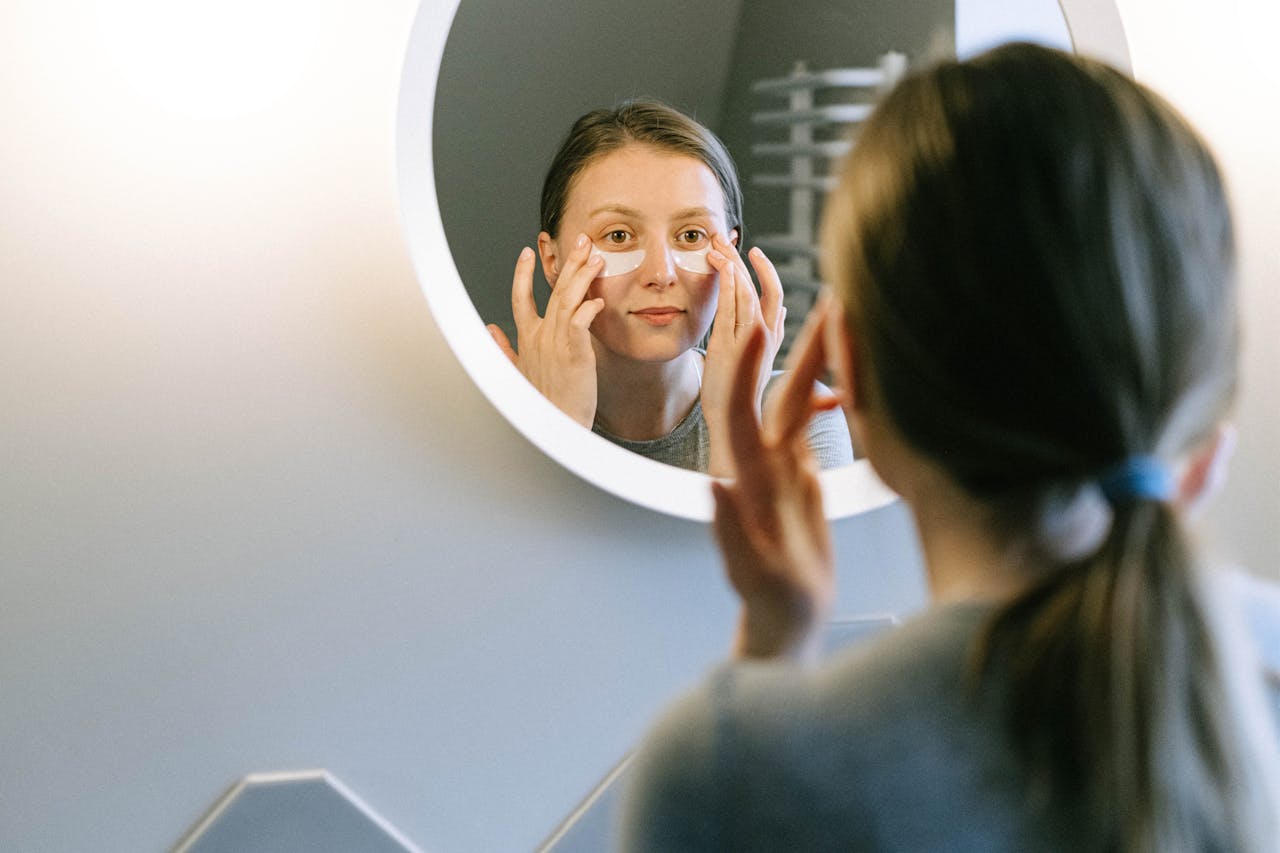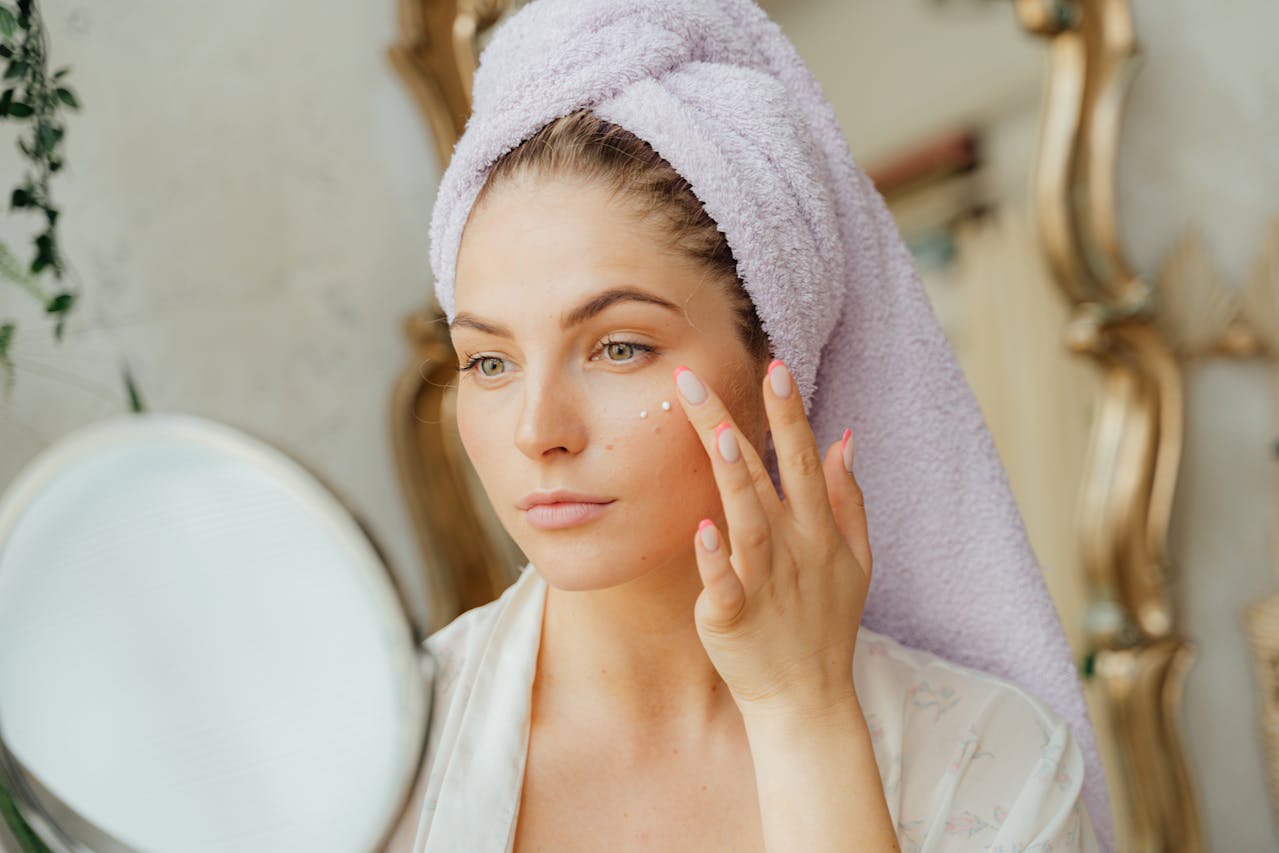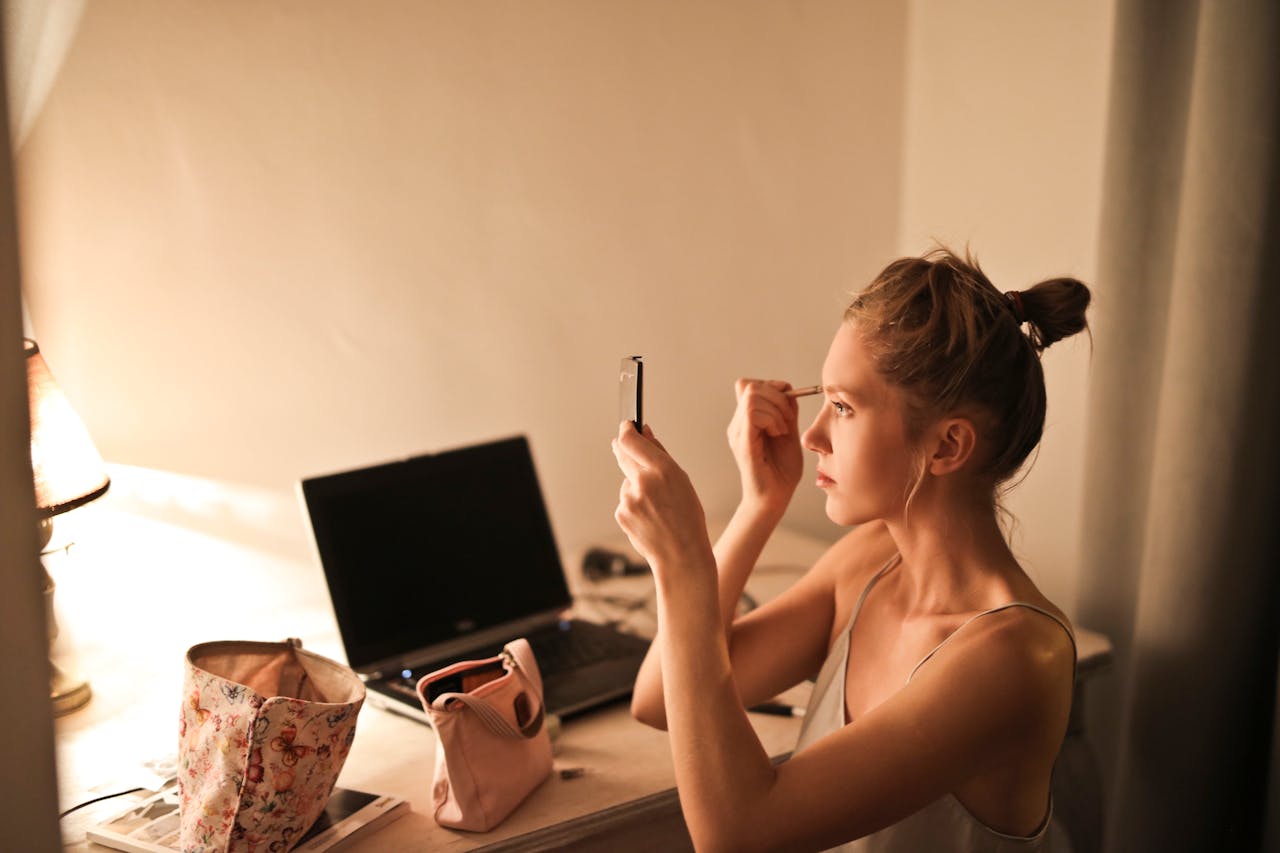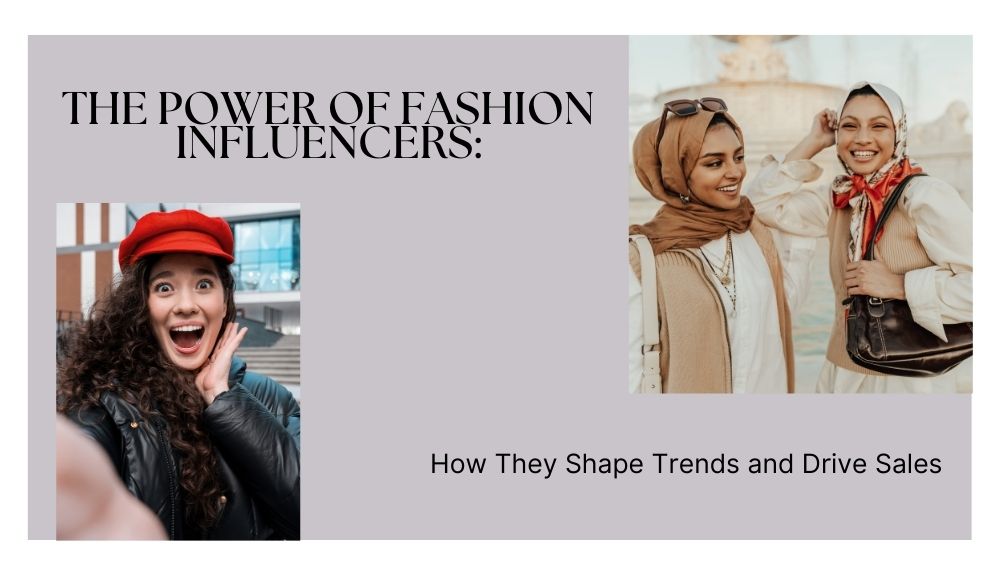The Power of Fashion Influencers: How They Shape Trends and Drive Sales
Introduction: Explaining the rise of fashion influencers
The world of fashion has undergone a remarkable transformation in recent years. Gone are the days when trends were dictated solely by designers and fashion magazines. Today, a new force reigns supreme: fashion influencers. These individuals have harnessed the power of social media to become tastemakers, trendsetters, and trusted style advisors for millions around the globe.
With their impeccable sense of style and ability to curate stunning visual content, fashion influencers have taken over our Instagram feeds and YouTube channels. They effortlessly blend high-end couture with affordable streetwear, inspiring us to experiment with our own wardrobes in ways we never thought possible.
But what exactly is it about these influencers that makes them so influential? And how do they shape trends and drive sales in such a saturated market? In this blog post, we’ll delve into the fascinating world of fashion influence – exploring its impact on social media, examining the role influencers play in shaping trends, uncovering their ability to drive sales for brands, showcasing successful collaborations between influencers and brands, discussing the ethical challenges that come with influencer marketing – all while peering ahead at what lies beyond the horizon for this powerful industry.
So sit back, grab your favorite latte, and prepare to be enthralled by The Power of Fashion Influencers: How They Shape Trends and Drive Sales. It’s time to unlock the secrets behind those double-tap-worthy outfits!
The Impact of Social Media on Fashion Trends
Social media has completely revolutionized the fashion industry, transforming the way trends are created and spread. With platforms like Instagram, TikTok, and YouTube dominating our screens, it’s no wonder that social media plays a significant role in shaping fashion trends.
One of the biggest impacts of social media on fashion trends is its ability to democratize style. In the past, fashion was largely dictated by high-end designers and traditional media outlets. Now, anyone with an internet connection can become a trendsetter or influencer by simply sharing their personal style online.
Social media also allows for instant access to global fashion inspiration. Fashion influencers from all corners of the world share their unique perspectives and styles, providing us with endless ideas and influences. Whether it’s streetwear from Tokyo or bohemian chic from Ibiza, social media exposes us to diverse aesthetics that we might not have encountered otherwise.
Furthermore, social media platforms serve as virtual marketplaces where consumers can discover new brands and products directly from influencers they trust. The seamless integration of shopping features within apps makes it easier than ever for followers to click on a tagged item and make a purchase instantly.
Additionally, social media creates a sense of community amongst fashion enthusiasts. Through hashtags and collaborations with other influencers or brands, individuals can connect over shared interests and exchange ideas about upcoming trends. This sense of belonging fosters engagement while fueling the rapid dissemination of new styles.
In conclusion, there is no denying that social media has had a profound impact on how we perceive and participate in fashion trends today. Its ability to provide accessibility, diversity in inspiration,and seamless purchasing options has forever changed the landscape of this dynamic industry.
The Role of Fashion Influencers in Shaping Trends

Fashion influencers play a significant role in shaping trends and influencing consumer behavior. With their unique style, creativity, and strong digital presence, they have become powerful tastemakers in the fashion industry.
One of the key ways that fashion influencers shape trends is through their ability to curate and showcase new styles. They constantly experiment with different looks, mixing high-end designer pieces with affordable streetwear to create innovative outfits that resonate with their followers.
These influencers also have a keen eye for emerging brands and up-and-coming designers. By featuring these lesser-known labels on their platforms, they give them exposure to a wider audience and help establish them as trendsetters. As a result, consumers start seeking out these brands and incorporating them into their own wardrobes.
Furthermore, fashion influencers often collaborate with established brands to create limited-edition collections or promote specific products. Their endorsement lends credibility to these items and can significantly boost sales for the brand. When an influencer shares an outfit post wearing a particular dress or pair of shoes, it creates desire among followers who want to emulate their style.
In addition to shaping trends directly through outfit inspiration and collaborations, fashion influencers also influence consumer behavior through product recommendations and reviews. Many influencers share honest opinions about the quality, fit, and durability of certain clothing items or beauty products. Their followers trust these recommendations because they view influencers as knowledgeable experts in the field.
All in all, fashion influencers hold immense power when it comes to shaping trends and driving sales within the industry. Through their curated content on social media platforms like Instagram or TikTok combined with strategic partnerships with brands big or small – they are able to influence millions of consumers worldwide every day without any sign of slowing down!
How Fashion Influencers Drive Sales for Brands
Fashion influencers have become a powerful force in driving sales for brands. With their large followings and engaged audiences, these influencers have the ability to create buzz around products and inspire their followers to make purchases.
One of the ways fashion influencers drive sales is through product endorsements. When an influencer shares a photo or video featuring a brand’s product, it not only increases awareness but also adds credibility to the product. Followers trust the recommendations of these influencers and are more likely to purchase something they see being endorsed.
Another way fashion influencers drive sales is through affiliate marketing. Many influencers partner with brands and receive a commission on any sales generated through their unique affiliate links or discount codes. This incentivizes both the influencer and their audience to make purchases, as they can benefit from exclusive deals or earn money by promoting products.
Fashion influencers also play a major role in creating desire for certain products or trends. By showcasing how they style different pieces or incorporating them into their everyday lives, these influencers generate excitement among their followers who want to emulate their style choices.
In addition, collaborations between fashion brands and influencers often result in limited-edition collections that sell out quickly due to high demand. These exclusive partnerships create hype around the brand and encourage consumers to act fast before items are gone.
Fashion influencers have proven themselves as valuable assets for brands looking to increase sales. Their ability to connect with audiences on social media platforms has revolutionized traditional advertising methods and opened up new opportunities for growth in the industry.
Examples of Successful Collaborations between Brands and Influencers
Successful collaborations between brands and influencers have become a common sight in the fashion industry. These partnerships not only help brands reach a wider audience but also boost their sales and brand recognition. Let’s take a look at some examples of such successful collaborations.
One notable collaboration was between luxury brand Gucci and fashion influencer Chiara Ferragni. The Italian blogger, known for her impeccable style, collaborated with Gucci to create an exclusive collection called “The Blonde Salad x Gucci.” This partnership resulted in high demand for the limited-edition pieces, as fans rushed to get their hands on the fashionable designs.
Another example is the collaboration between streetwear brand Supreme and model Kendall Jenner. The iconic skateboarding-inspired brand teamed up with the influential model to release a capsule collection that sold out within minutes of its launch. The combination of Supreme’s cult following and Kendall Jenner’s massive social media presence created an instant success.
Brands are also partnering with micro-influencers who have smaller but highly engaged followings. Take for instance beauty brand Glossier, which frequently collaborates with various skincare bloggers and vloggers to promote its products. These collaborations result in authentic reviews and recommendations from trusted sources, leading to increased sales for Glossier.
Successful collaborations between brands and influencers can greatly impact sales and enhance a brand’s reputation in the fashion industry. By leveraging the influence of these individuals, brands can tap into new markets while gaining credibility among their target audience.
The Ethics and Challenges of Fashion Influencer Marketing
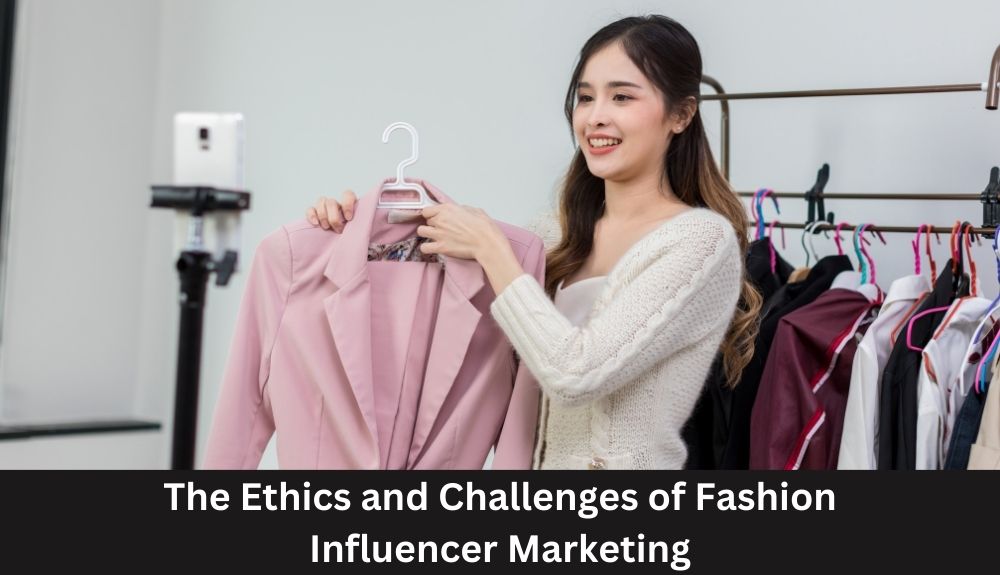
Fashion influencer marketing has undoubtedly become a powerful tool for brands to reach their target audience. However, it is not without its ethical concerns and challenges.
One of the main ethical considerations in fashion influencer marketing revolves around transparency. It is crucial for influencers to be transparent about their collaborations with brands, ensuring that they disclose any sponsored content or partnerships. This allows consumers to make informed decisions and prevents deceptive practices.
Another challenge lies in the authenticity of the content produced by influencers. With the rise of sponsored posts, some may question whether influencers genuinely endorse products or if they are merely motivated by financial gain. Maintaining credibility can be a delicate balance for both brands and influencers.
Additionally, there is an ongoing debate regarding diversity and inclusivity within fashion influencer marketing. Critics argue that certain body types, ethnicities, and backgrounds are underrepresented in this space. Brands must take responsibility for promoting diversity while also ensuring authentic representation rather than tokenism.
Moreover, influencer fatigue poses a challenge as consumers become increasingly desensitized to sponsored content inundating their social media feeds. Brands need to find innovative ways to captivate audiences’ attention while maintaining integrity.
Navigating legal guidelines such as FTC regulations on disclosure can present challenges for both brands and influencers alike. Staying up-to-date with these regulations ensures compliance but requires continuous diligence.
In conclusion, While fashion influencer marketing offers immense opportunities for brand growth and consumer engagement, it also presents various ethical considerations and challenges regarding transparency, authenticity, diversity representation, consumer fatigue, and legal compliance.
Conclusion: Looking to the Future of Fashion Influence
As we move forward into a digitally-driven world, the power and influence of fashion influencers are only expected to grow. With social media platforms constantly evolving and new ones emerging, there will be even more opportunities for brands and influencers to connect with their audiences.
In the future, we can expect fashion influencers to continue shaping trends by showcasing unique styles and promoting lesser-known designers. Their ability to create authentic connections with their followers will remain essential in driving sales for brands. We may also see an increase in collaborations between influencers and sustainable or ethical fashion brands as consumers become more conscious about their purchasing decisions.
However, it is important for both brands and influencers alike to approach this industry ethically. Transparency regarding sponsored content and honest opinions can ensure that consumers trust the recommendations made by their favorite fashion influencers. Additionally, regulators may introduce stricter guidelines around influencer marketing practices.
The power of fashion influencers cannot be underestimated. They have revolutionized how trends are created, disseminated, and consumed. By leveraging their authenticity and engagement on social media platforms, they have not only shaped consumer preferences but also driven significant sales for brands worldwide.
The future looks promising for both established fashion icons as well as aspiring digital stars who aim to make a mark in this influential industry. As technology advances further and new platforms emerge, it will be exciting to witness how fashion influence continues its evolution while captivating audiences across the globe!



